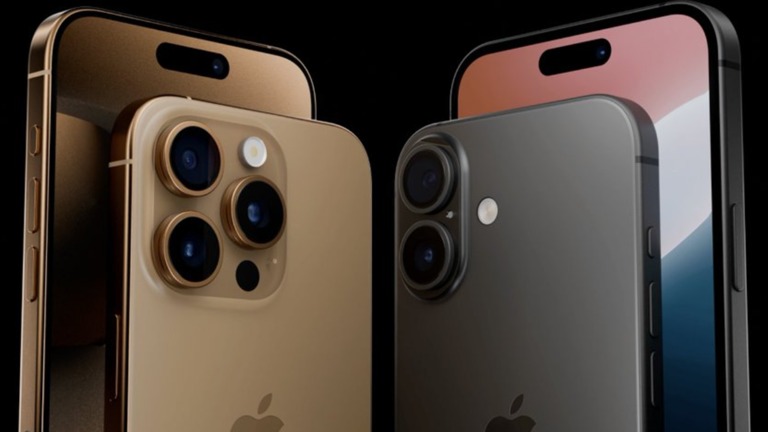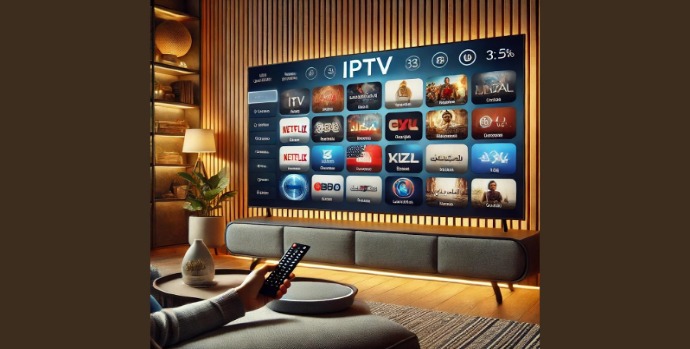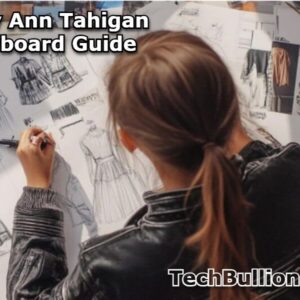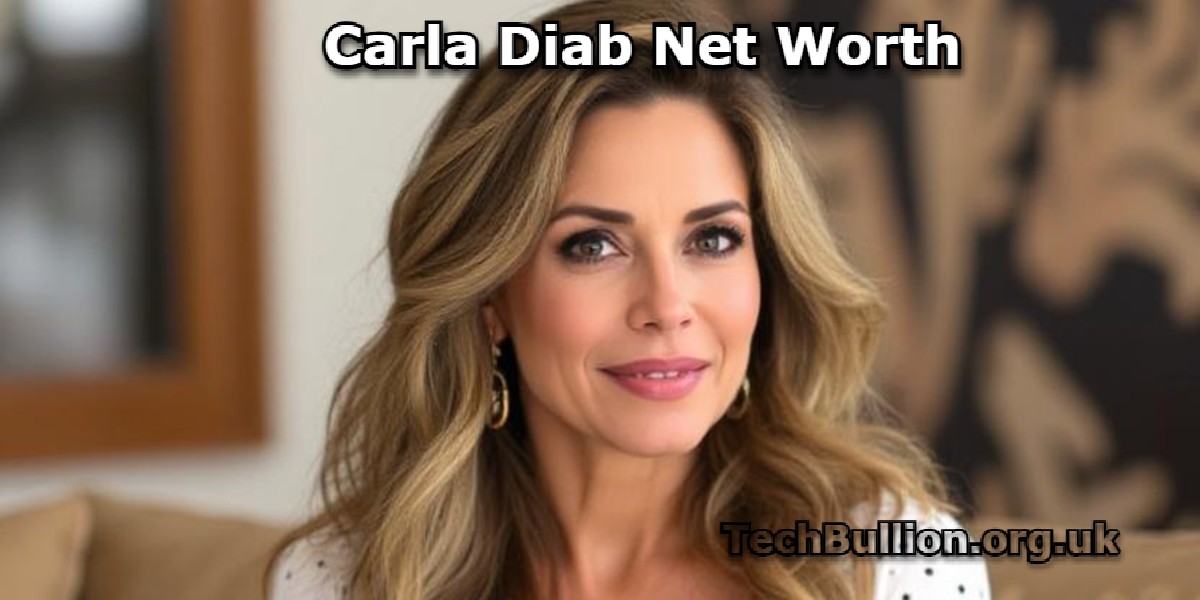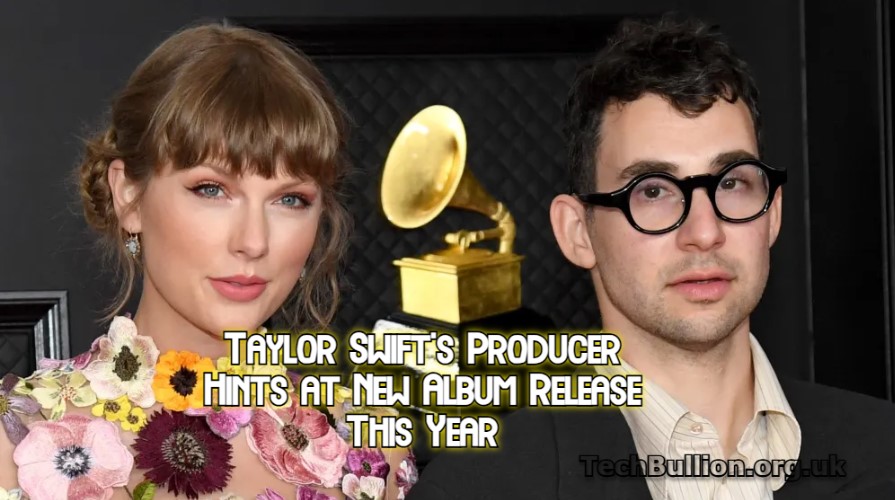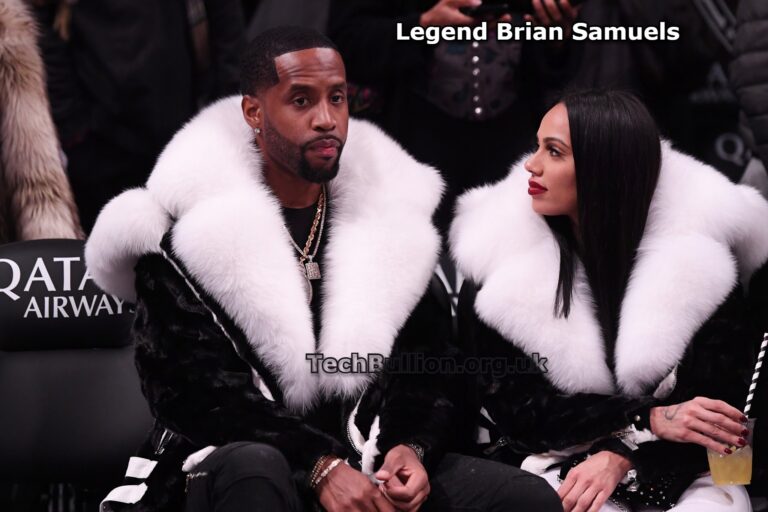Imagine standing in front of a blank canvas, the world of storytelling spread before you like a vast, unwritten novel. For many filmmakers and creatives, storyboarding serves as that crucial first step in transforming ideas into visual narratives. Inspired by the masterful techniques of Ashley Ann Tahigan Storyboard Guide, this guide will illuminate the essential elements of effective storyboarding, infused with personal anecdotes and insights that will make your creative process not only more manageable but genuinely enjoyable.
The Importance of Storyboarding in Creative Projects
Have you ever wondered how films and animations come to life? One key element in this process is storyboarding. It is vital for establishing a visual narrative. When you think about it, *a storyboard is like a blueprint, navigating the overall direction of a project.*
What is Storyboarding?
Simply put, storyboarding is the act of sketching scenes in sequential order. This visual layout allows creators to plan how a story will unfold. You can think of it as a comic strip version of your film or animation. It breaks down each scene into manageable parts.
Why Is Storyboarding So Important?
- Establishes a Visual Narrative: It visually communicates the story. This makes it easier to understand the mood, pacing, and emotional flow.
- Helps in Planning Scenes Efficiently: With a storyboard, you can organize what needs to happen in each scene. This eliminates confusion later on.
- Acts as a Communication Tool for Teams: Sharing a storyboard with your team helps everyone stay on the same page. It allows for instant feedback on how scenes should look and feel.
- Saves Time During Filming: By visualizing scenes beforehand, you minimize the chances of unnecessary retakes or edits.
- Enhances Creative Visualization: Storyboarding encourages you to think outside the box. You’re practically conducting a rehearsal without using resources like actors or sets!
- Is Fundamental for Editing and Post-Production: A storyboard helps editors know what to focus on when assembling the final cut.
Storyboarding as a Blueprint
Think of your storyboard as a road map. It illustrates where the journey begins, how it progresses, and where it ends. This leads us to an interesting point: storyboarding often serves as a blueprint for films and animations. It’s where stories can be fine-tuned before they even hit the screen. Did you know that it also allows directors to experiment with scenes? Before actual shooting, they can test how characters interact. This pre-production phase saves time and money in the long run.
Data Insights
Recent surveys have revealed something fascinating. Projects that use storyboards tend to be completed 30% faster on average than those that don’t. This sharpens your focus on just how valuable storyboarding is in today’s fast-paced creative world.
Creative Visualization and Cost Savings
When you engage in effective storyboarding, you’re not just writing down ideas; you are creating a visual framework. Picture this: You can cut down on production costs. By planning every shot meticulously, you limit the number of surprises on set. Now, who wouldn’t want to save money while creating art?
Collaboration is Key
As a director, your vision is crucial. However, you can’t do it alone. When everyone understands the visual narrative, everyone can contribute. Teams can brainstorm better ideas and suggest tweaks. A well-done storyboard acts as a frequent reference. This *unifying tool* ensures that everyone works towards the same goal.
Quotable Insights
“Storytelling is a visual art; storyboarding is its foundation.”
– Ashley Ann Tahigan
This quote summarizes the essence of storytelling. Without a strong foundation, it’s hard to build something magnificent. A storyboard gives your vision structure and clarity. It helps ensure that your project is purposeful and cohesive.
Conclusion
In the end, storyboarding is no mere detail. It’s *fundamental* to the creative process. When you take the time to create a storyboard, you set yourself up for success. You can communicate your vision clearly, work efficiently, and most importantly, tell a better story.
Understanding the Ashley Ann Tahigan Approach to Storyboarding
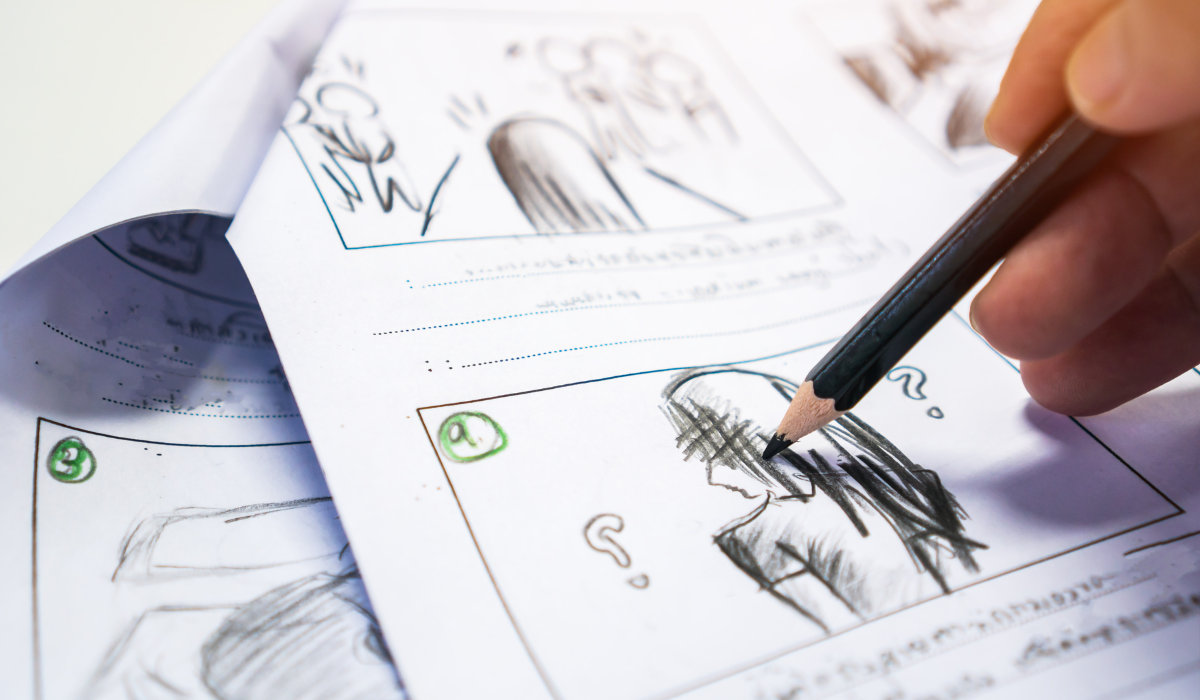
Storyboarding is more than just sketching scenes. This process serves as a vital framework that guides the creation of a narrative. One shining example in this field is Ashley Ann Tahigan Storyboard Guide. Her approach to storyboarding has garnered attention for its unique blend of visual elements and emotional storytelling.
1. Focus on Visual Clarity
Visual clarity is paramount in Tahigan’s method. She believes that each frame should communicate ideas. Think of it like a map. If it’s messy or hard to read, you’ll get lost. In contrast, a clear storyboard acts as a roadmap for all involved in the project from directors to actors. By focusing on clarity, you invite your audience and the crew to stay engaged.
2. Emphasizes Character Arcs through Visuals
Characters are the heart of any story. They drive emotions and experiences. Tahigan emphasizes showcasing their arcs visually. This means that every sketch isn’t just pretty; it serves a purpose. Each frame may show a crucial moment in a character’s development. Picture a rising action moment where a hero learns a lesson. In just a few visuals, you could convey their growth to the audience.
3. Uses Emotional Beats as Markers in Boards
What makes a story resonate? Emotion. Tahigan uses emotional beats as markers in her storyboards. By pinpointing where key emotional shifts occur, she helps everyone understand the highs and lows of the story. This technique allows for a stronger connection with the audience. You might ask yourself where does the story shift? When does the joy turn to sorrow? Identifying these moments makes the storytelling journey more relatable.
4. Encourages Mixing Styles for Diversity
Have you ever thought about blending different artistic styles? Tahigan advocates for this in her storyboards. Mixing styles adds a fresh perspective and invites creativity. Whether it’s combining realism with abstract elements or traditional hand-drawn styles with digital techniques, those variations can surprise audiences. They keep the content dynamic. Why stick to one style when you can explore many?
5. Promotes Flexibility in Planning Scenes
One element that often gets overlooked in storyboarding is flexibility. Tahigan promotes adaptability during the planning phase. This means that while it’s good to have a plan, it’s okay to shift directions as needed. Think of it as navigating with a GPS. Sometimes life presents detours. When those happen in storytelling, being flexible ensures a more authentic result. Are you ready to change your plans if something better comes along?
6. Integrates Color Psychology into Storytelling
Color has a profound impact on emotions. This is something Tahigan incorporates into her work. Using specific colors can evoke certain feelings. For instance, reds can evoke anger or passion, while blues often bring calm and serenity. When you choose colors wisely, they add another layer to your visual storytelling. Simply put, you’re not just telling a story; you’re also painting an emotional landscape.
User-Centric Approach
One notable aspect of Tahigan’s approach is its user-centric philosophy. It involves feedback from actors and crew, which enriches the storyboarding process. This inclusion makes the storyboard feel less like a strict outline and more like a collaboration. Everybody becomes invested in the storytelling. When voices come together, the essence of the story becomes stronger.
“A storyboard isn’t just a plan; it’s a canvas for creativity.” – Ashley Ann Tahigan
Ashley Ann Tahigan is not just a name; she’s a pioneer who intertwines emotional storytelling with clear visuals. Her techniques streamline production while captivating the audience. When you think about it, isn’t that what every storyteller wants? To carve out a space that allows for both structure and creativity?
In a world where the visual medium is paramount, understanding the Ashley Ann Tahigan Storyboard Guide approach brings your storytelling to a new level. Her insights can guide you in developing storyboards that are not only functional but also evoke emotional connections. Whether you’re a seasoned professional or just starting, there’s something to learn from her innovative methods.
Key Elements of a Successful Storyboard

Creating a successful storyboard is not just about drawing pretty pictures. It involves intertwining artistic vision with narrative flow. So, what makes a storyboard truly effective? Here’s a breakdown of the key elements that can transform a simple sequence of drawings into a compelling visual guide.
1. Character Sketches and Expressions
Your characters are the soul of your story. Including character sketches is crucial. These sketches showcase their traits, emotions, and attitudes. How do you want your audience to connect with these characters?
- Expressions are vital. They tell emotions that words sometimes can’t.
- Consider different angles. A happy character looks different from a sad one.
The more diverse the expressions, the better you convey the emotional journey.
2. Scene Layouts and Perspectives
Next up is the scene layout. This is where your story takes shape. How will scenes be arranged? Why does the order matter? The perspective can change everything.
- Are you looking at a scene from an eye-level view? Or shooting from above?
- Each angle can add layers to your storytelling.
Think of your audience. What do you want them to feel in each scene?
3. Direction of Movement and Action
Movement is key. How does a character move from one scene to another? Use simple arrows or notes to show the direction of action. This clarity enhances the flow.
- For example, indicating that a character runs towards something creates urgency.
- Movement can also reveal relationships: Are two characters moving towards each other or away?
4. Dialogue or Narration Cues
Words matter. Including dialogue or narration cues in your storyboard dictates the tone of your piece. You can add speech bubbles or simple notations to signify what’s being said.
- Ask yourself: What is essential for the viewer to understand?
- Do the words match the emotions displayed in your character sketches?
5. Timing and Pacing Notes
Timing can make or break a scene. Incorporating timing and pacing notes into your storyboard ensures that you can align the visuals with the emotional beats of the story.
- How long will a character gaze at another?
- These notes help you decide how to manage transitions and maintain engagement.
6. Visual Symbolism and Motifs
Visual symbolism and motifs are like secret layers of meaning. They can enhance your narrative without using too many words. A recurring object, color, or shape can tie scenes together or signal change.
- What symbolism can you include to deepen the audience’s understanding?
- Maybe a color shift indicates a character’s emotional shift.
Incorporating the right elements can turn your storyboard into a compelling visual guide. Each detail plays a significant role, so ensure every element serves a purpose in driving the story forward.
“The beauty of storyboarding lies in its potential to evolve the narrative.” – Ashley Ann Tahigan
Remember, every sketch and note added to a board should serve the ultimate goal of enhancing the story. It’s about blending artistic vision with strategic planning. By carefully crafting these elements, you make your storyboard a powerful tool in your storytelling toolkit.
Practical Tips for Storyboarding Like a Pro

Are you looking to master the art of storyboarding? It might feel a bit daunting at first, but trust me, every great filmmaker begins their story with a simple sketch.
“Every great filmmaker begins their story with a simple sketch.” – Ashley Ann Tahigan
The good news is that with practical tips and consistent practice, you’ll find the process can be quite enjoyable.
1. Start with Simple Sketches Before Detailing
First things first, begin with simple sketches. You don’t need to draw a masterpiece right away. Think of it as laying the foundation of a house. It should be basic, just enough to outline your ideas. Let your imagination run wild without worrying about details. This step is crucial in finding the essence of your story.
Why waste time refining every detail at the beginning? Sketching simply allows you to explore various angles and ideas. Once you lock in your core concepts, you can add detail later on. This fluid way of working encourages creativity.
2. Use Sticky Notes for Flexible Changes
Another key tip is to use sticky notes. They allow for easy changes without messing up your entire storyboard. You can rearrange scenes effortlessly. Just peel one off and stick another in its place. Who doesn’t love flexibility?
Not only does this method save time, but it also makes it easy to collaborate. You can modify the flow based on team feedback without getting too attached to a particular layout. Think of it as a game of chess, where you can adjust your strategies as the game progresses.
3. Review Boards Regularly with Your Team
The next step is to review your boards. Bring your team together regularly to discuss your storyboards. This way, everyone can pitch in their thoughts and feelings about your work.
Engaging in these discussions creates feedback loops. This process not only helps to improve your storyboard but also expands your creative horizons. The more perspectives, the better the ideas. You’d be surprised how a small twist can elevate the story.
4. Experiment with Different Framing Techniques
Don’t be afraid to experiment with different framing techniques. Understanding how your visuals interact with your narrative can make a difference. For instance, a close-up may emphasize a character’s emotion, while a wide shot sets the scene. Play around with different angles and distances. This practice can introduce layers to your story that might have been overlooked.
5. Keep Character Consistency in Mind
As you work, keep character consistency at the forefront. Characters should not just evolve in their actions but also their visual representation. Think about how they persist throughout the story. How do their clothes, expressions, and settings reflect their inner journey? This brings depth and relatability to your characters.
6. Practice Regularly to Improve Your Skills
Lastly, remember that regular practice is vital. The more you practice storyboarding, the better you’ll get. It’s like playing an instrument; the more you engage, the more your skills improve.
Try setting aside time each week to devote to storyboarding. Create new scenarios, and characters, or even experiment with styles. You’ll notice a tangible difference in your abilities over time.
In conclusion, don’t shy away from the sketchpad. Storyboarding is an evolving art, and being open to exploration is key. Regular practice, flexibility, and collaboration will not only improve your skills but can help transform your creative process. So grab those sticky notes, sketch your ideas, and keep those character arcs consistent!
Digital vs. Hand-Drawn Storyboarding: What’s Best for You?

Choosing between digital and hand-drawn storyboarding is not just about tools. It’s also about your unique creative style. Each method has its strengths and weaknesses. So, which one works best for you? Let’s break it down.
Pros of Digital Tools
- Speed: Digital tools enable you to work faster. You can easily erase mistakes, duplicate layers, and make adjustments without starting over.
- Flexibility: You can easily experiment with colors and styles, and evolve your storyboard as your project develops.
Cons of Digital Tools
- Potential Loss of Personal Touch: Digital storyboards may feel sterile. They might lack the warmth and individuality that comes from hand-drawn art. Do you value your unique touch over technology?
Pros of Hand-Drawn Boards
- Uniqueness: Each stroke adds character. Hand-drawn storyboards can be more original and expressive.
- Creativity: The physical act of drawing can inspire creativity. You might find new ideas flow naturally when you put pencil to paper.
Cons of Hand-Drawn Boards
- Time-Consuming: Drawing by hand takes longer than clicking a mouse. If deadlines are tight, this might be a drawback for you.
Tools to Consider for Digital Storyboarding
Thinking about going digital? Here are some tools that can help:
- Storyboard Pro: Ideal for creating animated storyboards with a variety of punctuation options.
- Toon Boom: A highly recommended software for animation and storyboarding.
- Adobe Fresco: Great for artists who love drawing.
- Procreate: A good choice for iPad users looking for an easy drawing app.
Finding Your Creative Style
Ultimately, the choice comes down to your personal project needs and artistic preferences. You might find that a mix of both methods fits your style perfectly. Have you considered testing out each method? Experimentation can yield fascinating results.
After all, “The medium you choose can shape your storytelling style.” – Ashley Ann Tahigan
Survey Results
To shed some light on this topic, let’s look at survey results from fellow animators:
| Method | Percentage |
| Digital Tools | 55% |
| Hand-Drawn Boards | 45% |
This survey indicates a strong preference for digital tools among animators. But remember, balancing speed with creativity is key. The right choice for you might be different from others.
Conclusion
In the end, whether you favor digital or hand-drawn storyboards, find what resonates with you. Each method has its pros and cons. Choose what aligns best with your project and your style. It’s your storytelling, so make it uniquely yours!
Common Mistakes to Avoid When Storyboarding
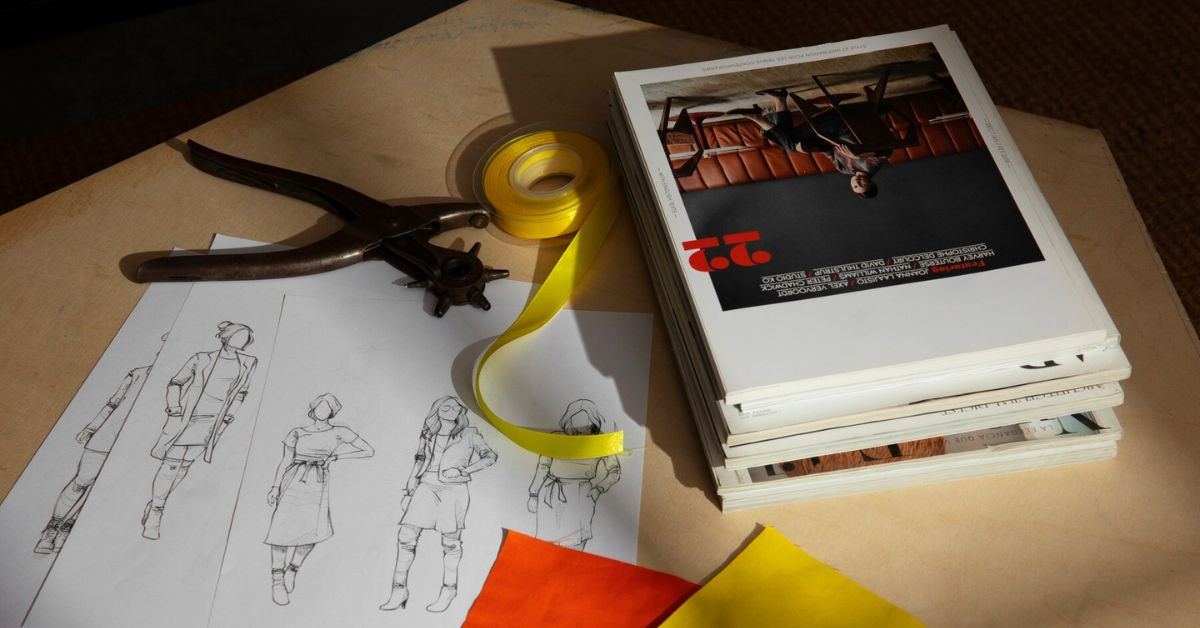
Creating a storyboard can be one of the most rewarding parts of the storytelling process. Yet, there are common mistakes that can trip up even the best creatives. Avoiding these pitfalls can greatly enhance your overall vision. Let’s dig into these mistakes together.
1. Overcomplicating Scenes
Are your scenes filled with excessive details? If so, it might be time to simplify. Overcomplicating scenes can confuse your audience. Less is often more. Think about a straightforward scene that conveys great emotion. It only takes a few well-placed elements.
- Keep scenes clear and focused.
- Use visual cues to enhance the story.
- Don’t drown your audience in unnecessary details.
2. Ignoring Pacing Dynamics
Pacing is crucial in storytelling. Think of it like music. A good rhythm keeps the audience engaged. If your storyboard’s pacing is off, it can feel sluggish or rushed. You need to balance action scenes with slower moments. Ask yourself, “Does this section flow well?” If it doesn’t, tweak it.
3. Neglecting Character Development
Every good story relies on strong characters. Are you giving your characters enough depth? Neglecting their development is a mistake. Show their motivations, conflicts, and growth through the storyboard. Otherwise, your audience can’t connect with them.
- Highlight key character moments.
- Ensure characters evolve through the story.
- Include dialogue that reveals their personality.
4. Disregarding Team Input
Two heads are better than one, right? Disregarding your team’s input can lead to missed opportunities. Collaborating with others brings new perspectives. Even simple feedback can lead to groundbreaking ideas. Make it a habit to share your storyboard and ask for thoughts.
5. Being Overly Rigid with the Storyboard
Flexibility is key. Is your storyboard set in stone? Sticking too rigidly to your initial ideas can stifle creative breakthroughs. Be open to changing things up. Sometimes the best ideas come from spontaneous moments. Allow your storyboard to evolve.
6. Failing to Revisit and Revise
No one gets everything right on the first try. Failing to revisit your storyboard can lead to oversights. Take the time to review and refine your work periodically. It’s like polishing a gem the more you work on it, the better it gets.
As Ashley Ann Tahigan wisely said,
“Every error is a stepping stone to mastery in storytelling.”
This quote highlights the importance of learning from your mistakes.
Recognizing Pitfalls
Recognizing these pitfalls can significantly improve the quality of your storyboard. Reflect on each aspect as you develop your project. Remember, storytelling is not just about the narrative; it’s about how you present it. Flexibility can often lead to the most extraordinary creative breakthroughs. Keep these pointers in mind as you finalize your storyboard. Be aware of potential traps and navigate around them to create compelling, engaging visuals.
Navigating the storyboarding process is full of learning experiences. Some of the most significant lessons come from avoiding common mistakes that can detract from your overall vision. By staying aware and practicing these insights, you’ll be able to create storyboards that resonate with audiences.
Conclusion

As you reach the end of this exploration into storyboarding, it’s a perfect moment to reflect on your unique storytelling style. Your journey is more than just creating visuals; it’s about how you express ideas and emotions. Every artist has a distinctive voice. How does yours resonate? Think of your favorite stories. What makes them stick with you? It’s likely the unique touch of the storyteller. Embrace what sets you apart.
Incorporate Feedback for Continuous Improvement
Receiving feedback can be a bit nerve-wracking. You might wonder, “Will they like it?” However, this is where growth happens. Incorporating feedback helps refine your skills. Listen to your peers or mentors. They provide valuable insights you might not see yourself. Every critique is a chance to enhance your work.
Stay Curious and Willing to Adapt
Curiosity fuels creativity. Stay open to new ideas and techniques. When was the last time you tried something outside your comfort zone? Challenge yourself to learn a new skill or explore a different medium. Adaptability is key in this craft. As you experiment, you might discover styles you never thought you would like.
Connect with Other Creatives for Inspiration
Humans are social beings. Connecting with others can spark inspiration. Surround yourself with fellow artists and storytellers. Discuss your ideas or even share your storyboards. Collaboration can lead to exciting projects. Visit local galleries, join online forums, or attend workshops. Every connection might ignite a new idea.
Celebrate the Little Victories Along the Way
Amid the hustle to improve, remember to celebrate the little victories. Did you finish a storyboard you’ve been working on? Great! Take a moment to appreciate that. Every step forward is a step worth noting. Recognizing your progress fuels your motivation. It’s about enjoying the journey, not just racing to the finish line.
Keep Evolving as an Artist
Your work is a reflection of your journey. As you evolve, so will your storytelling. Keep pushing your boundaries and embracing new challenges. Whether it’s mastering a new software or understanding a different narrative structure, every learning moment counts. Remember: “Your story is waiting to be visualized; take the leap and create.” – Ashley Ann Tahigan.
Reflecting on Your Storyboarding Journey
The art of storyboarding isn’t static. It mirrors your personal growth and journey as a storyteller. Each storyboard you create is a new opportunity for exploration. Approaching each project with an open heart will allow your storytelling to flow naturally. With every sketch and idea, you get closer to your artistic voice.
So, as you continue this creative adventure, think about how far you’ve come. Challenge yourself and embrace the evolution. Let your story unfold organically, and don’t forget to enjoy the ride!
Frequently Asked Questions about Storyboarding
Storyboarding is a fascinating and essential part of the creative process. Whether you’re working on a film, animation, or any visual narrative, understanding storyboards can greatly enhance your project. Below, I’ll tackle some frequently asked questions to demystify the art of storyboarding.
1. What is the purpose of a storyboard?
A storyboard serves as a visual representation of your story. Think of it as a comic strip layout of your ideas. Each frame depicts a key scene or moment in your narrative, allowing you to see how the story flows. This structure is crucial. It helps you plan the pacing and organization of your project. But it’s not just about linear storytelling; it also allows you to visualize the emotion and atmosphere you want to convey.
2. How detailed should a storyboard be?
Do you need every minor detail on your storyboard? Not necessarily! Your storyboard should be detailed enough to communicate the essential elements, but it doesn’t have to be overly intricate. You might include notes on camera angles, dialogue, and character expressions. Some people even use stick figures to represent characters. Remember, the goal is clarity, so focus on the main actions and ideas.
3. Can I storyboard without artistic skills?
Absolutely! Many believe that you need to be a professional artist to create effective storyboards. That’s a myth. What’s important is your ability to convey ideas visually. Stick figures or basic sketches can work just as well. The most crucial part is clear communication. So, if you can draw a simple shape to represent a character and show their movement, you’re on the right track.
4. What tools are best for storyboarding?
When it comes to storyboarding, you have plenty of options. The tools you use can be traditional or digital. Here are a few to consider:
- Pencil and Paper: Simple and effective. Great for brainstorming.
- Whiteboards: Perfect for quick sketches that can be erased and modified.
- Software Tools: Programs like Storyboard Pro or Photoshop allow for intricate designs.
- Mobile Apps: Various apps cater to storyboarding on the go, which is excellent for those spontaneous ideas.
5. How can I improve my storyboarding skills?
The more you practice, the better you’ll become. Here are some tips to sharpen your skills:
- Study Existing Storyboards: Look at professional storyboards from films and animations.
- Take a Course: Consider online classes that focus on visual storytelling.
- Seek Feedback: Share your boards with peers or mentors for constructive criticism.
6. Are there different types of storyboards?
Yes, storyboards come in various forms. Here are a few to explore:
- Linear Storyboards: These follow a strict chronological order.
- Non-linear Storyboards: Useful for complex narratives that don’t follow a straight path.
- Animatics: A series of frames using sound and timing to test pacing.
“Curiosity is the true path to creativity.” – Ashley Ann Tahigan
Addressing these common questions helps clarify many aspects of storyboarding. If you have a better understanding of the process, you can approach your projects with more confidence and creativity.


